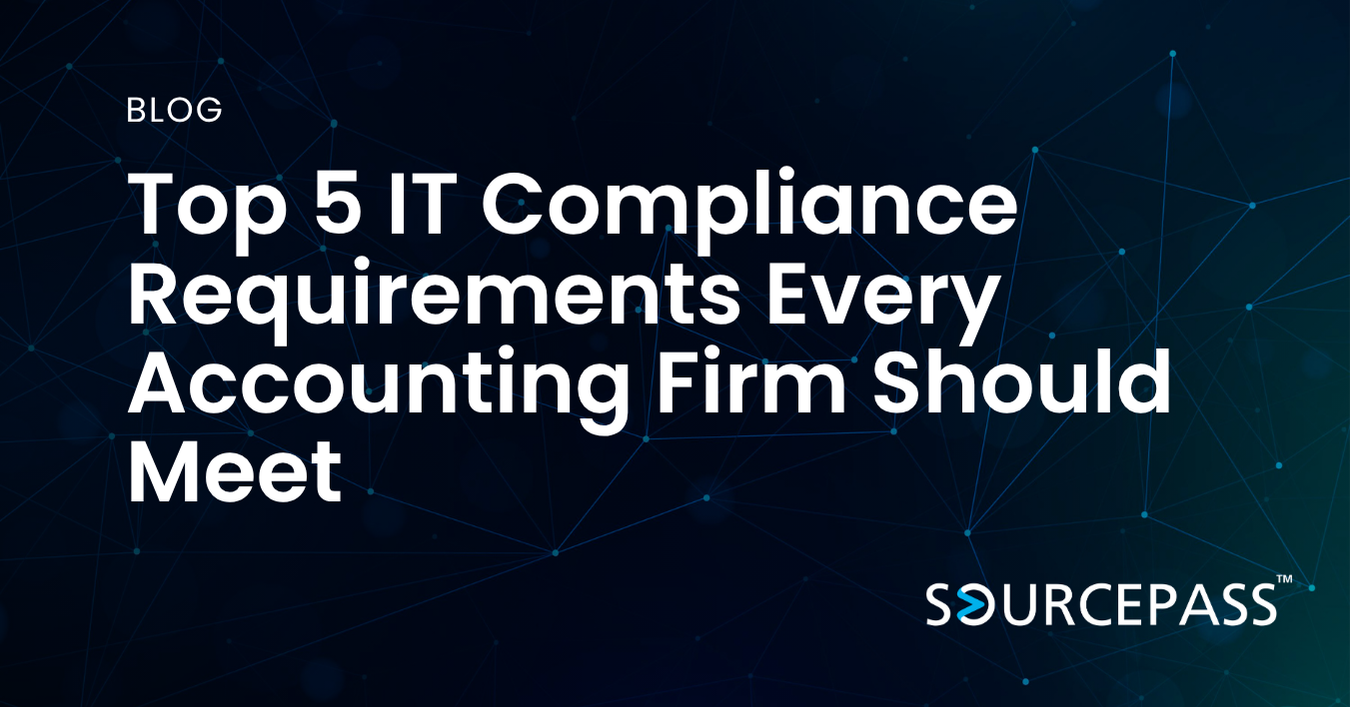Microsoft Defender Advances: Predictive Shielding and Faster Recovery
Nov 24, 2025 Alex Davis Microsoft Defender | Cybersecurity 2 min read



Microsoft Defender Updates Strengthen Endpoint Security
Microsoft announced several major enhancements to Microsoft Defender that focus on proactive protection, rapid recovery, and broader coverage across legacy systems. These updates reflect a continued push toward security models that anticipate threats rather than simply respond to them.
The announcements, highlighted during Ignite 2025, include predictive shielding, improved device recovery capabilities, and new Defender support for older Windows operating systems. These changes give security teams more control and resiliency during active attacks and streamline protection for mixed environments.
(Reference: Microsoft Tech Community blog on Microsoft Defender updates.)
The Move Toward Proactive Security
Security teams have been asking for tools that prevent attacks rather than detect them after the fact. Many organizations operate in hybrid or legacy-heavy environments, which introduces additional risk. The new Defender features are designed to close those gaps.
What Predictive Shielding Does
Predictive shielding is one of the most significant updates. It uses real-time intelligence to anticipate an attack and apply targeted hardening controls before the threat can execute. This allows Defender to block attack paths during the earliest stages of an intrusion.
Predictive shielding provides value in several ways:
-
Hardens devices just before a likely attack
-
Reduces the need for broad, disruptive restrictions
-
Helps security teams respond more precisely under pressure
Instead of relying only on post-event alerts, organizations gain a defensive layer that activates during early reconnaissance and pre-execution phases.
Faster and More Reliable Machine Recovery
Microsoft also introduced improvements to endpoint recovery. Recent industry incidents, such as the global outages caused by faulty updates, showed how disruptive it can be when devices fail to reboot or return to a stable state.
The updated Defender capabilities focus on:
-
Quicker restoration after an attack or failed update
-
More reliable rollback options for patch management
-
Streamlined recovery workflows for large environments
These enhancements reduce downtime and allow IT teams to bring systems back online with minimal disruption.
Defender Support Expands to Legacy Operating Systems
Many organizations still rely on older operating systems for line-of-business applications or hardware dependencies. Historically, this meant running outdated or unsupported security products, which increased risk and complexity.
Microsoft has extended Defender protection to several older operating systems, including:
-
Windows 7
-
Windows Server 2008 R2
This reduces reliance on legacy security tools and simplifies management for environments that cannot yet fully modernize.
Why This Matters
Legacy environments have long been targets for attackers due to outdated protocols and limited support. With Defender now covering these systems, organizations gain:
-
Consistent security configurations
-
Unified visibility across mixed OS versions
-
Stronger protection without forced migrations
What These Updates Mean for Security Leaders
The combination of predictive defense, rapid recovery, and expanded OS support helps security teams build more resilient endpoint environments. Organizations gain tools that address both modern cloud-first infrastructure and legacy systems still in production.
FAQ: Microsoft Defender Feature Enhancements
What is predictive shielding in Microsoft Defender?
Predictive shielding is a new capability that anticipates likely attack paths and applies targeted hardening controls before an attack executes. It strengthens defenses during early stages of an attempted intrusion.
How does the new recovery feature help IT teams?
The improved recovery process allows faster restoration of endpoints after an attack or failed update. It includes better rollback options to support patch management and business continuity.
Does Microsoft Defender now support older operating systems?
Yes. Microsoft added Defender support for Windows 7 and Windows Server 2008 R2, which helps organizations protect legacy systems without relying on outdated security tools.
Why are these Defender updates important?
They allow organizations to prevent threats earlier, recover more quickly, and secure both modern and legacy environments under a unified security framework.
Do these features require new licensing?
Microsoft has not announced changes to licensing in the initial release notes. Organizations should review their current Defender and Microsoft 365 security licensing to confirm eligibility.
Subscribe To
Sourcepass Insights
Sourcepass Insights
Stay in the loop and never miss out on the latest updates by subscribing to our newsletter today!
.png?width=500&height=100&name=White%20Logo%20-%20Transparent%20Tag%20(3).png)



